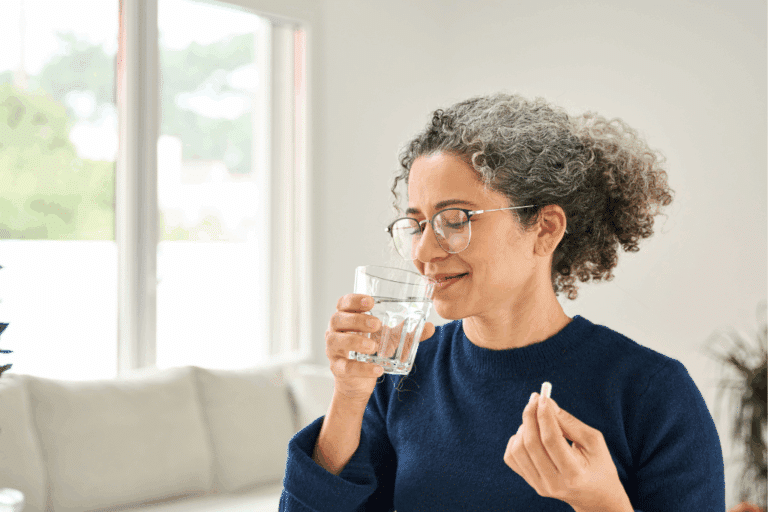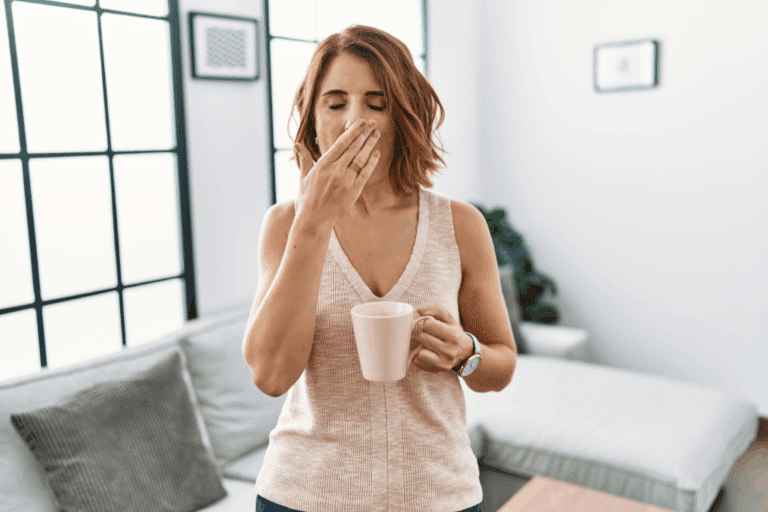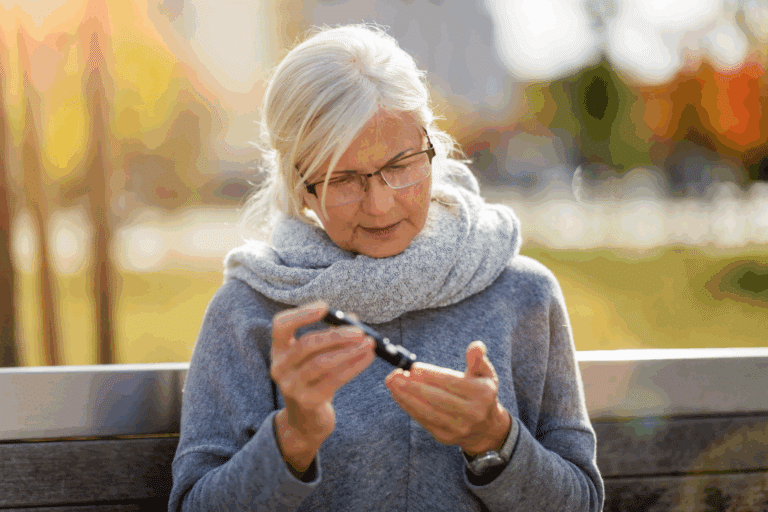For years, researchers have proven that Vitamin D plays a key role in the formation of healthy bodies.
Adequate vitamin D intake is important for the regulation of calcium and phosphorus absorption, maintenance of healthy bones and teeth, and is suggested to provide a protective effect against diseases such as cancer, type 1 diabetes and multiple sclerosis.
The best way to get Vitamin D (which is actually a hormone) is by letting our skin convert sunlight to D3. And around 10 minutes of direct exposure without sunscreen is all you need daily. Even though it’s a short amount of time, I know that it’s pretty challenging for me to schedule this between work, gym and keeping my all of my other appointments and commitments. I’m sure I’m not alone in that, and I’m also willing to bet I’m not the only one who’s careful about exposing their skin to too much direct sunlight (as a 2-time skin cancer survivor). So how do we get the benefit without the risk?
For me, the choice was easy. I supplement with a Vitamin D product that also contains Vitamin K2, which helps the D3 do its job. D3 and K2 work together to prevent calcium from depositing in the carotid intima media (the lining of the main arteries in your neck that feed blood to your brain). Calcification of these arteries is a hallmark of potentially lethal heart disease and stroke.
Choosing a quality supplement can be tricky, so here are 7 things you should know when choosing a Vitamin D supplement.
How to Choose a Vitamin D Supplement
- Most women in the US are deficient in Vitamin D because we spend lots of time indoors and wear sunscreen when outside. However, because Vitamin D is fat soluble, it is possible to overdo it. Get your levels checked before starting supplements or if you can’t, stick to 1000-2000IU/day.
- When it comes to Vitamin D levels, “normal” does not necessarily equal optimal. The lower limit of the normal range is usually around 30 ng/mL, but YOU want levels between 50 and 70 ng/mL. A rule of thumb for raising levels is 1000IU/day for every 10 points you need to get to the optimal range.
- Vitamin D should be taken in the D3 form (cholecalciferol). D3 is what your skin makes when exposed to sunlight. Vitamin D2 (ergocalciferol) is much less effective.
- Conversion of Vitamin D to the active form the body uses depletes magnesium-which most people don’t get enough of anyway. I also recommend taking supplemental magnesium (400-500 mg/day) along with D or increasing dietary intake of leafy greens and nuts/seeds as they contain high levels of magnesium. As a bonus, magnesium helps with sleep, leg cramps and restless legs.
- Vitamin D3 should be in liquid or gel form. Caplets may not dissolve properly resulting in poor absorption. I like the isotonic method of delivery because it’s a liquid and moves quickly into the small intestine for greater absorption.
- Choose a product that has an independent verification step. There are many supplements on the market that contain little of the active ingredient that they claim to have. Quality counts. This is true for ALL supplements.
- If you are vegan, make sure your Vitamin D3 doesn’t come from an animal source. Many D3 products come from lanolin.
[bctt tweet=”The best way to get Vitamin D: 10 minutes of direct exposure without sunscreen and our skin converts sunlight to D3. #menopause #perimenopause #vitaminD #sourcesofD #estrogen #progesterone #DrAnnaGarrett #AnnaGarrettAsheville” username=”DrAnnaGarrett”]
Other Sources of D
Aside from taking an oral vitamin D supplement, you can also obtain small amounts of vitamin D from your diet. Here too, it’s important to realize that not all food sources provide the same kind of vitamin D. Plant sources provide you with D2. The more beneficial D3 can only be had through animal-based sources such as:
- Fish, such as salmon, mackerel, tuna and sardines
- Egg yolk
- Raw milk
The Bottom Line
There’s overwhelming evidence that vitamin D is a key player in your overall health. This is understandable when you consider that it is not “just” a vitamin; it’s actually a neuroregulatory steroidal hormone that influences nearly 3,000 different genes in your body. Receptors that respond to the vitamin have been found in almost every type of human cell, from your brain to your bones.
Optimizing your vitamin D levels should be at the top of the list for virtually everyone, regardless of your age, sex, color, or health status.
Important Note
If you take Coumadin® (warfarin), use of vitamin K should be discussed with your healthcare provider before you begin, as changes in blood thinning will occur and closer monitoring is required.
Dr. Anna Garrett is a menopause expert and Doctor of Pharmacy. She helps women who are struggling with symptoms of perimenopause and menopause find natural hormone balancing solutions so they can rock their mojo through midlife and beyond. Her clients would tell you that her real gift is helping them reclaim parts of themselves they thought were gone forever.
Find out more about working with her at https://www.drannagarrett.com/work-with-me/ or click on the button below to start your journey to hormone harmony now!




